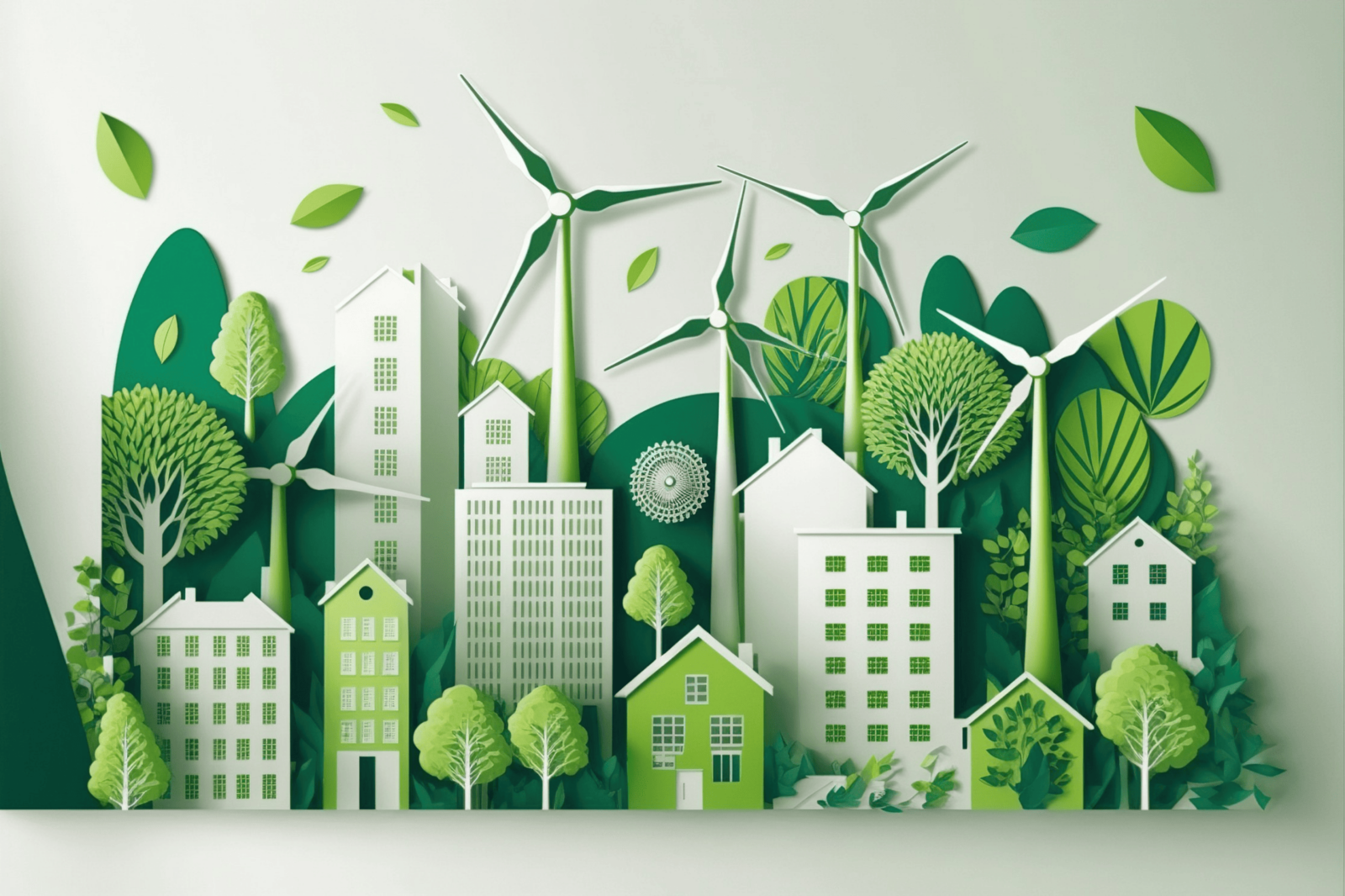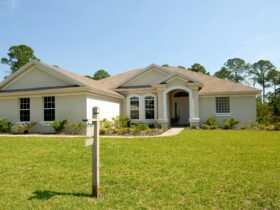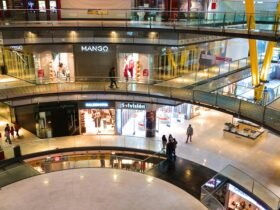Sustainable construction practices are becoming increasingly important in the building industry. As concerns about climate change and environmental degradation grow, construction companies are adopting eco-friendly methods to minimize their impact on the planet. These practices benefit the environment and improve the efficiency and longevity of buildings. We will explore the various aspects of sustainable construction from a Construction company, focusing on eco-friendly materials and energy-efficient design, to understand how the industry is evolving towards a greener future.
Eco-Friendly Materials
One of the key components of sustainable construction is using eco-friendly materials. These materials are sourced, manufactured, and utilized in ways that reduce environmental harm. Sustainable materials often include recycled or reclaimed products, renewable resources, and materials with low environmental footprints.
Recycled and reclaimed materials are increasingly being used in construction projects. Recycled steel, for example, is a popular choice for structural components due to its strength and durability. Using recycled steel reduces the need for new raw materials, conserves energy, and lowers greenhouse gas emissions. Similarly, reclaimed wood, sourced from old buildings, barns, and factories, is used for flooring, beams, and decorative elements. This preserves natural resources and adds unique character and history to new constructions.
Renewable resources, such as bamboo and cork, are also gaining popularity in sustainable construction. Bamboo grows rapidly and can be harvested without causing long-term damage to its ecosystem. It is used for flooring, cabinetry, and even structural elements. Cork, harvested from the bark of cork oak trees, is another renewable material used for flooring and insulation. Both bamboo and cork are durable, biodegradable, and have excellent insulating properties, making them ideal for eco-friendly buildings. Additionally, as businesses in the construction industry seek to adhere to new regulations and standards, utilizing tools like CSRD compliance software can streamline the process of ensuring sustainability and transparency.
Low-impact materials, which require less energy and water to produce, are also integral to sustainable construction. For instance, rammed earth and straw bale construction techniques utilize locally sourced, natural materials with minimal environmental impact. Rammed earth walls are created by compacting a mixture of soil, sand, and clay, while straw bale construction involves stacking bales of straw to form walls. Both methods provide excellent thermal insulation and reduce the need for additional heating and cooling, thus conserving energy.
Another significant aspect of eco-friendly materials is their ability to improve indoor air quality. Many traditional building materials, such as paints, adhesives, and insulation, release volatile organic compounds (VOCs) that can harm human health. Sustainable construction prioritizes low-VOC or VOC-free materials, which help maintain healthier indoor environments. For example, natural paints made from plant oils, clay, and minerals do not emit harmful chemicals, and non-toxic adhesives and sealants are used to reduce indoor air pollution.
Energy-Efficient Design
Energy-efficient design is a critical element of sustainable construction. It focuses on reducing buildings’ energy consumption and enhancing their overall performance. This involves incorporating design strategies, technologies, and materials that maximize energy efficiency throughout the building’s lifecycle.
Passive design strategies are a fundamental aspect of energy-efficient construction. These strategies utilize the natural environment to regulate indoor temperatures, reducing the need for artificial heating and cooling. Key passive design elements include building orientation, insulation, and natural ventilation. Orienting buildings to maximize natural light and heat from the sun during the winter while minimizing heat gain during the summer can significantly reduce energy use. High-quality insulation in walls, roofs, and floors helps maintain consistent indoor temperatures, reducing the need for heating and cooling systems.
Natural ventilation is another important passive design strategy. Designing buildings to allow for cross-ventilation, where cool air enters through windows on one side and warm air exits through the opposite side, can effectively cool indoor spaces without air conditioning. Operable windows, vents, and skylights enhance air circulation and improve indoor air quality.
In addition to passive design, active energy-efficient technologies are crucial in sustainable construction. Solar panels and wind turbines are renewable energy sources that generate electricity on-site, reducing reliance on fossil fuels. Solar panels can be installed on rooftops or integrated into building facades, providing a clean energy source for powering lights, appliances, and heating systems. Though less common in urban settings, wind turbines are an effective renewable energy solution for larger developments or rural areas.
Energy-efficient lighting and appliances also significantly reduce a building’s energy consumption. LED lighting, for example, uses significantly less energy than traditional incandescent bulbs and has a longer lifespan. Energy-efficient appliances, such as refrigerators, washing machines, and HVAC systems, consume less electricity and water, contributing to overall energy savings. Construction companies can also integrate smart home technologies, allowing residents to monitor and control energy use through automated systems and mobile apps.
Green roofs and walls are another innovative energy-efficient design feature. Green roofs, covered with vegetation, provide natural insulation, reduce the urban heat island effect, and improve air quality by absorbing carbon dioxide and releasing oxygen. They also manage stormwater runoff, reducing the risk of flooding. Green or living walls are vertical gardens that provide similar benefits, including improved insulation, air purification, and aesthetic appeal.
Water efficiency is also an essential component of energy-efficient design. To reduce water consumption, sustainable construction incorporates water-saving fixtures, such as low-flow toilets, faucets, and showerheads. Rainwater harvesting systems collect and store rainwater for non-potable uses, such as irrigation and flushing toilets, further conserving water resources. Greywater recycling systems treat and reuse water from sinks, showers, and washing machines for landscaping and other non-potable applications.
Conclusion
Sustainable construction practices transform the building industry by prioritizing eco-friendly materials and energy-efficient design. Construction companies can reduce their environmental footprint and promote healthier indoor environments by adopting recycled, renewable, and low-impact materials. Energy-efficient design strategies, including passive design, renewable energy sources, and smart technologies, enhance the performance and sustainability of buildings. These practices benefit the environment, improve the quality of life for occupants, and contribute to long-term cost savings. Embracing sustainable construction is essential for building a greener future and addressing the challenges of climate change and resource conservation. Consider exploring Dallas electricity prices to integrate sustainable energy solutions effectively into building projects.















Leave a Reply